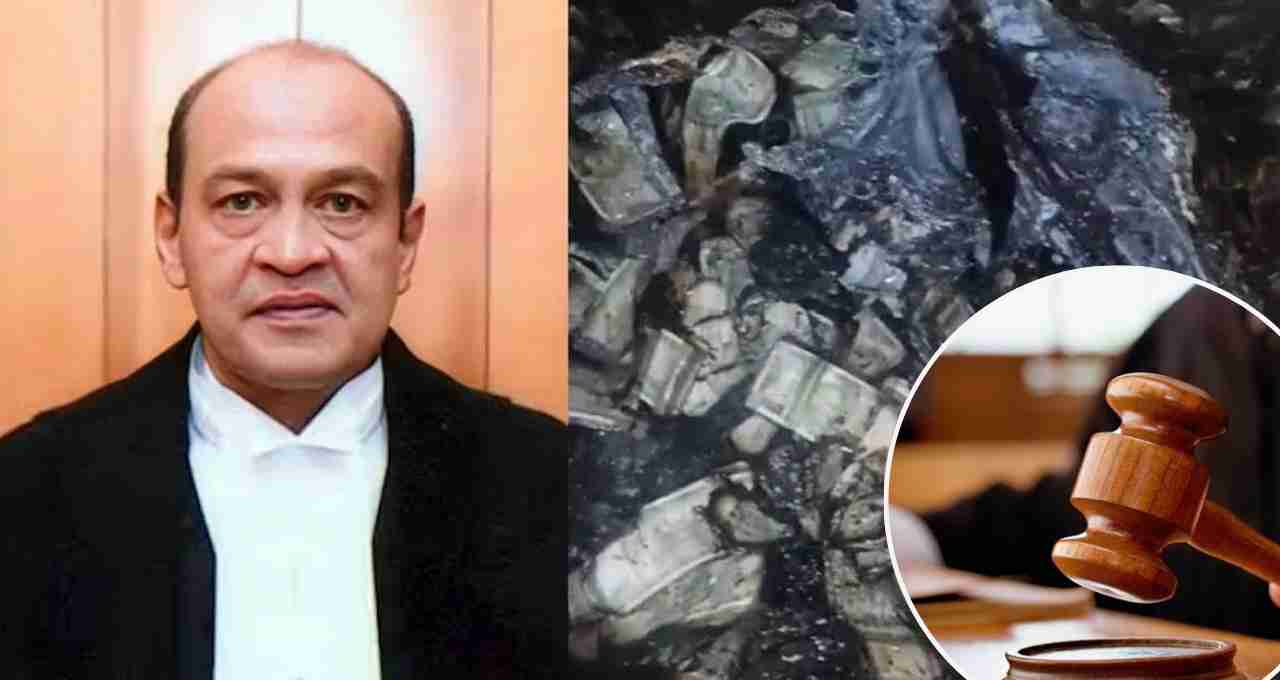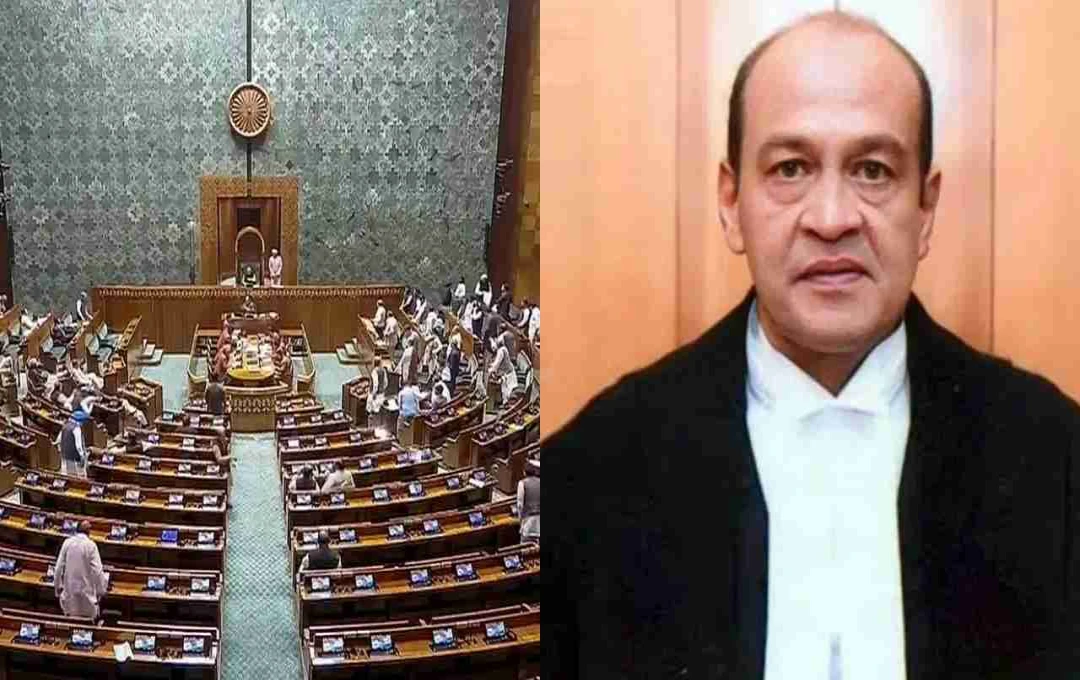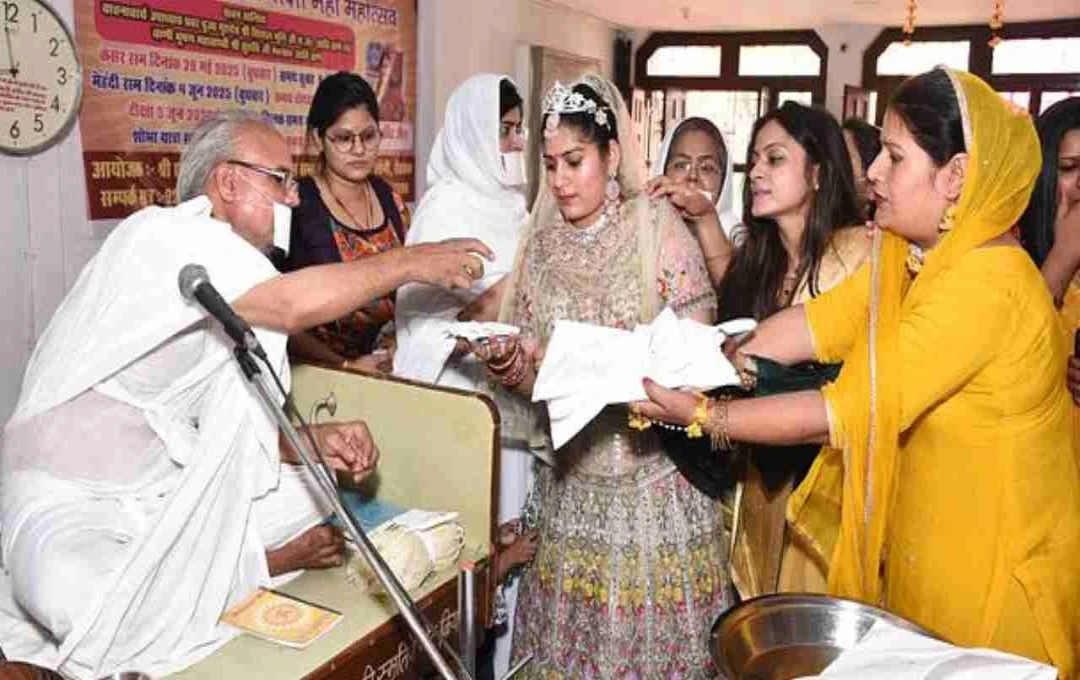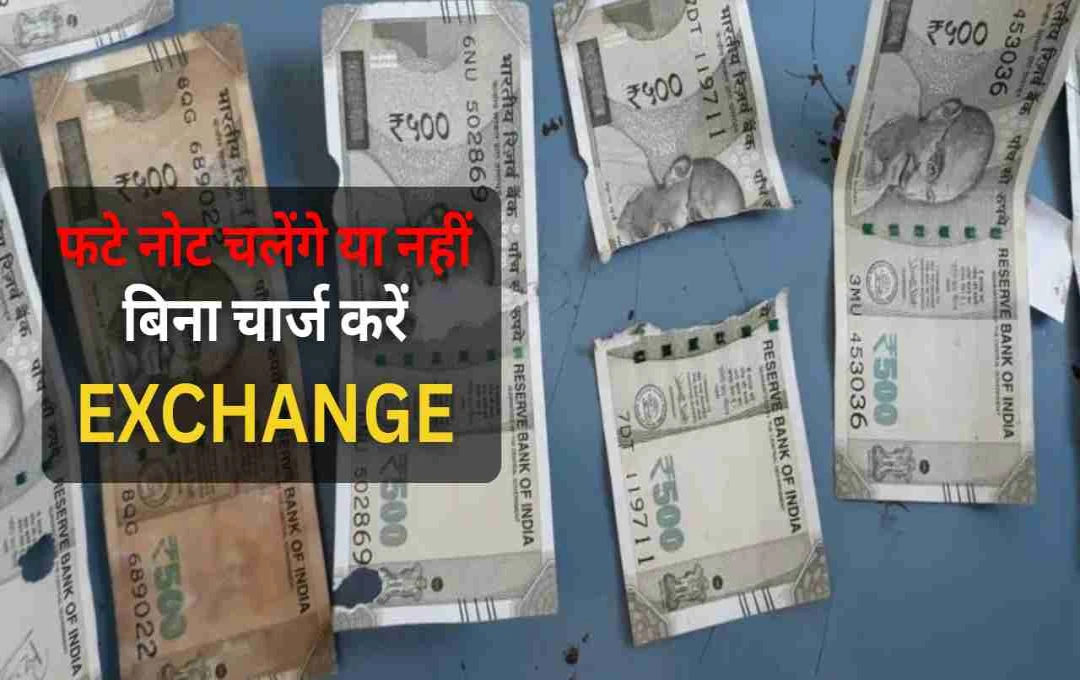Preparations are underway to bring an impeachment motion against Justice Yashwant Verma. Five other judges have faced impeachment motions previously, but none were removed. The process is lengthy and complex.
New Delhi: Maintaining the credibility of the judiciary in the country is crucial. When serious allegations are leveled against a judge, the impeachment process begins. Currently, preparations are underway to bring an impeachment motion against Justice Yashwant Verma, but he is not alone. Five other judges have previously faced impeachment motions in Parliament. This article will detail these cases and the impeachment process.
History of Impeachment Motions: Judges Previously Targeted
In 1993, the first impeachment motion was presented against Supreme Court Justice V. Ramaswamy. He faced allegations of financial irregularities. However, the process could not be completed due to the lack of the required two-thirds majority in the Lok Sabha.
Subsequently, in 2011, the Rajya Sabha passed an impeachment motion against Justice Soumitra Sen of the Calcutta High Court on charges of corruption. He subsequently resigned, preventing the process from proceeding further.
In 2015, an impeachment motion was presented in the Rajya Sabha against Justice J.B. Pardiwala of the Gujarat High Court. He was accused of making objectionable and casteist remarks in a reservation case. However, the judge retracted the controversial statement, halting the matter.
That same year, an impeachment motion was also brought against Justice S.K. Gangale of the Madhya Pradesh High Court. He faced allegations of sexual harassment. The investigating committee rejected the motion due to insufficient evidence to prove the allegations.
In 2017 and 2018, attempts were made to bring impeachment motions against Justice C.V. Nagarjuna Reddy of the Andhra Pradesh-Telangana High Court and former Supreme Court Chief Justice Dipak Misra, but the process did not proceed due to a lack of necessary support in both cases.

The Case Against Justice Yashwant Verma
Recently, Justice Yashwant Verma's name surfaced in a serious case. Following a fire at his government residence in Delhi in March 2025, a large amount of cash was recovered. This matter is under investigation.
The Supreme Court constituted a three-member committee to investigate this matter, comprising Chief Justice Sheel Nagu of the Punjab-Haryana High Court, Chief Justice G.S. Sandhawalia of the Himachal Pradesh High Court, and Justice Anu Shivaraman of the Karnataka High Court. Following the investigation report, the process of bringing an impeachment motion has accelerated.
During the investigation, the Delhi High Court withdrew all judicial work associated with Justice Verma and transferred him to the Allahabad High Court, where he was not assigned any judicial work. Justice Verma has completely denied the allegations, calling it a conspiracy.
How Does the Impeachment Process Work?
To bring an impeachment motion against a judge, signatures of at least 50 Rajya Sabha members and 100 Lok Sabha members are required. Typically, this motion is introduced by the Law Minister. The government is also attempting to garner support from opposition parties this time to send a b message against corruption in the judiciary.
The motion is first passed in one house and then presented in the other. If the motion is passed by a two-thirds majority in both houses, a three-member investigation committee is formed to investigate the allegations. This committee consists of a High Court Chief Justice and two senior judges.
If the allegations are found to be true in the investigation report, a further debate and voting take place in Parliament. After the motion is passed, it is sent to the President. With the President's approval, the judge is removed from office.













